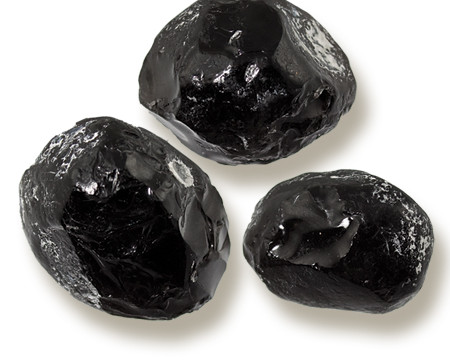Product Description
FOUND IN: AUSTRALIA, FINLAND, MADAGASCAR, INDIA, MEXICO, CANADA & USA
Labradorite was originally discovered in on St. Paul Island, Labrador, Canada in 1770. Pieces of the stone were found amongst the artifacts of the Red Painted People of Maine. Spectrolite was discovered in Finland during World War II. It is considered to be the gem quality of Labradorite.
The name labradorite comes from the province of Labrador in Canada, which is a famous locality for labradorite with an iridescent play of colors. Feldspar is derived from the German word field which means field. Iridescent labradorite is sometimes referred to as spectrolite.
The ground color of labradorite is a dark smoky gray, but when light strikes the stone in a particular direction, it displays striking rainbow-colored reflections. Most typically, these metallic tints are violet, blue and green; but sometimes yellow, orange and red can be seen. This effect is so unique to labradorite that it is referred to as labradorescence.
The labradorescent effect is believed to be due to the presence of very fine platelets of different compositions as well as minute inclusions of limenite, rutile and possible magnetite which cause the diffraction of light.
Labradorite is usually cut en cabochon or in flat slabs in order to best display its iridescence. There are transparent yellowish-brown and colorless specimens which are cut with facets, but labradorite is best known as a colorful cabochon for pendants, bead necklaces, brooches, rings and ornamental objects.
METAPHYSICAL:
Labradorite is said to provide quick relief from anxiety, hopelessness and depression, replacing them with enthusiasm, self-confidence and inspiration. It is said to dispel negativity and to bring clear understanding by enhancing clarity of thought and improving one’s ability to cooperate with others in harmony.
Labradorite is also said to give perseverance, strength and enhanced intuition when one is experiencing times of conflict and change. Labradorite is told to be helpful in treating eye and brain disorders, and to help regulate metabolism and the digestive process.
A sister to moonstone, labradorite links to the “darker” Crone aspects of the Goddess, and grants inner knowing of Mystery. It enhances intuition and psychic perception; just like the cord-cutting Crone, it helps the bearer to release judgment, and understand their destiny. Use it to bring Light to the shadowed realms of the self and to connect with the power of the waning Moon.
SCIENTIFIC:
Color: Dark Grey to Grey-Black with play of Color
Color of streak: White
Moh’s hardness: 6-6½
Specific gravity: 2.69-2.70
Cleavage: Perfect
Fracture: Uneven, Splintery
Crystal system: Triclinic, Rare, Platy Prismatic, Usually Compact Aggressive
Chemical composition: Na)AISi3O8) Ca(AI2Si2O8) Sodium Calcium Aluminium Silicate
Transparency: Opaque
Refractive index: 1.560-1.568
Double refraction: +0.008
Dispersion: None
Pleochroism: None
Absorption spectrum: Not Useable
Fluorescence: Yellow Striations









